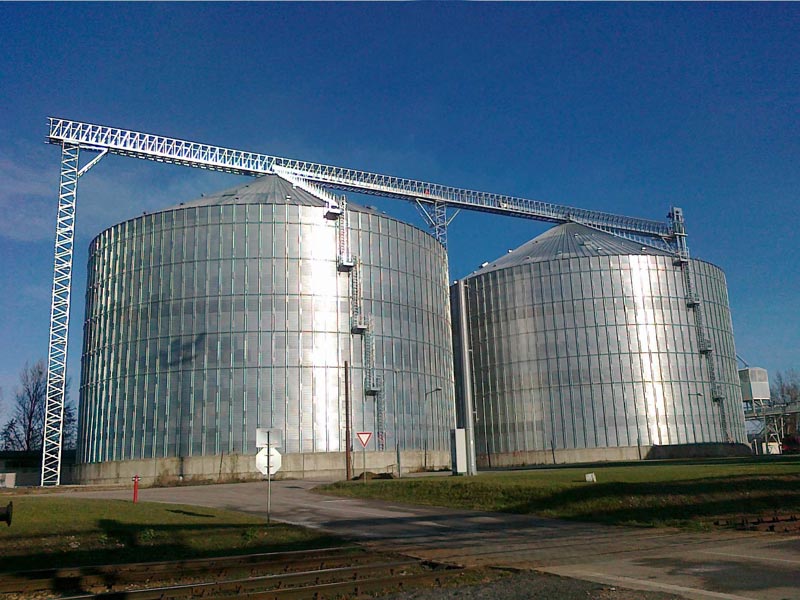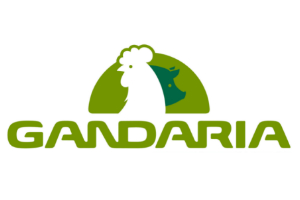According to a recently published report by Alice Neal, associate editor of Grain and Feed Milling Technology, the main trends in the grain storage industry are:
1. Increase in demand for grain storage
As explained in a previous article, the growth in population and production leads to an increase in demand for silos and grain storage solutions.
2. Increase in demand for silos of bigger capacities
There is a general increase in demand for silos of bigger capacities, not only for farmers, but also for traders, feed millers, millers and breweries
Larger silos, despite being more expensive to buy than the smaller ones, actually represent a cost saving in the long run, since the increase in single silo capacity reduces the overall cost per metric ton.
In this line, we offer silos of 41.25 in diameter and a unit capacity of 25,000 tons. See photos of the storage plant Agroeks Prima in Slovakia.
3. A drive towards greater flexibility in terms of design
Greater flexibility and wider range of products to cater to specific customer needs and different country regulations.
Besides, we are also seeing additional features such as larger entry doors, walk through doors, crawl doors.
4. The growing importance of safe storage
As global food production increases so does the importance and awareness of food safety. Silo manufacturers have an important role to play in achieving safe storage and reduce grain loss.
Silos made from galvanised or pre-lacquered steel, protection of outside screws to prevent perforation by corrosión, reinforced roofs to avoid possible deformation from impacts are only some of the innovations in this field.
5. The rise in government food security programmes leads to government-backed silos
The expansion of the storage market is also influenced by the rise in government food security programmes.
Labaran Maku, Minister of Information at Anambra State Nigeria said, “The purpose of grain reserve is for the nation’s food security. The nation can come under disaster, can come under drought. They can come in different ways, it could be war in some instances leading to food insecurity.”
6. Competitive prices
There is no doubt that investing in grain storage eventually brings many benefits for producers, because grain prices can vary greatly if instead of selling right after the harvest the product is sold throughout the year.
But still, the volatility of prices make producers reluctant to invest in storage solutions.
Thus, manufacturers of silos make every effort to keep prices highly competitive, using the latest technologies, more efficient methods and materials and automating processes.
Beyond reduced delivery time, with automation, prices are kept competitive, capacity is increased and standardisation of production and reduction of human error is achieved, which leads to higher quality products.
In recent years, at Silos Cordoba, we have developed a high strength steel silo which weighs in 25 percent lighter than its predecessor.
Reducing the weight has cut transport costs by 30 percent, lowered fuel consumption as fewer trucks are needed to transports silos to sites, and shortened erection time. The upshot of these changes is that the products can remain competitive.
We’ll keep our eyes open to new trends and industry innovations in order to continue to offer products and services that add value to our customers.








